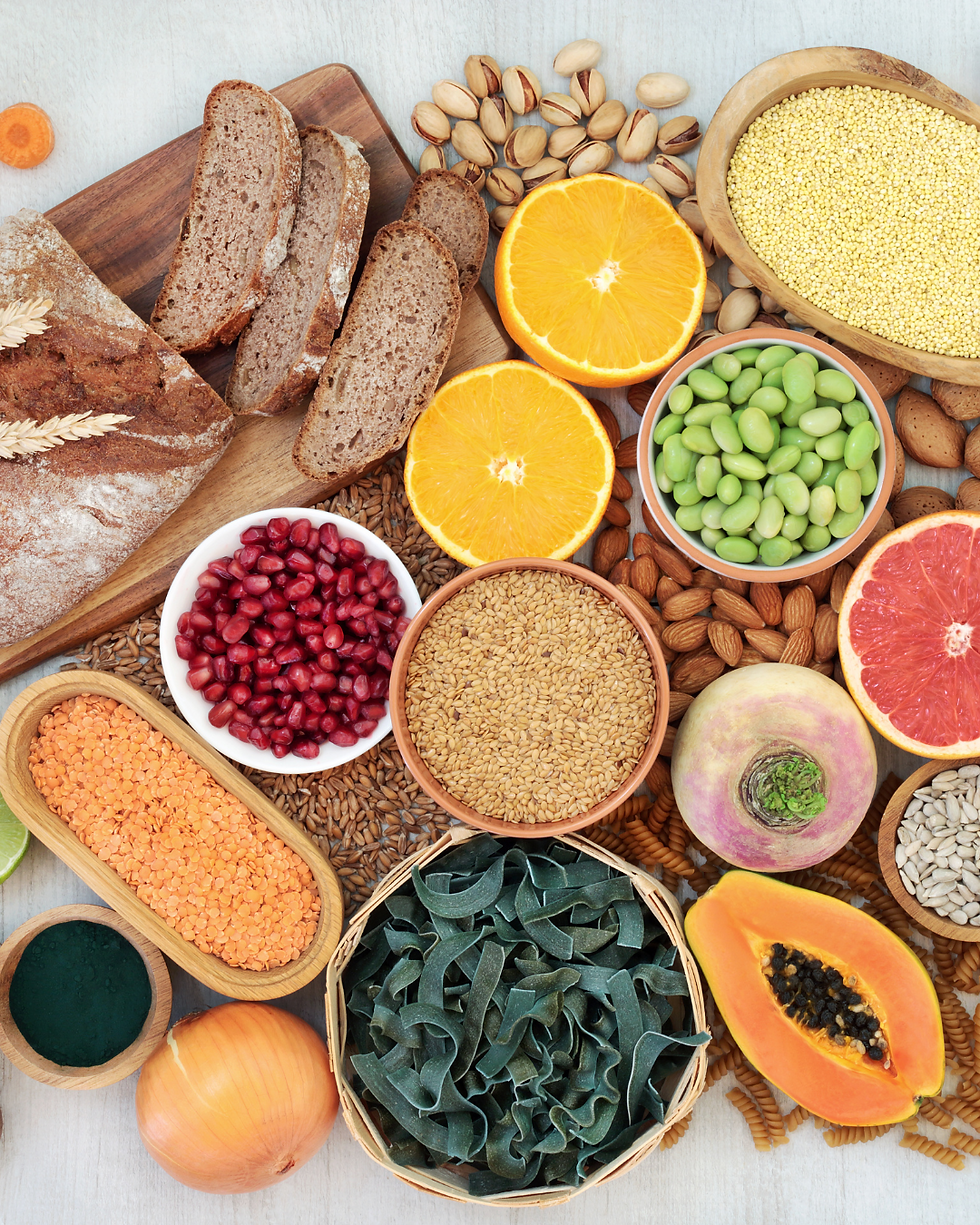Fibremaxxing - Why Fibre is the New Protein.. but Can You Have Too Much?
- Ceri Gore Nutrition

- Sep 1
- 2 min read
Updated: Sep 2
“Fibremaxxing” has become a viral trend, with influencers encouraging people to cram as much fibre into their day as possible. Fibre is essential for gut health, hormone balance, immunity and even mood. The question remains - Is more always better?
Fibre Benefits
When approached sensibly, increasing fibre does have benefits:
Digestive health: reduces constipation, supports regularity.
Metabolic balance: stabilises blood sugar, improves insulin sensitivity.
Cholesterol: soluble fibre helps lower LDL cholesterol.
Gut microbiome: provides prebiotics that feed beneficial bacteria creating short-chain fatty acids (SCFAs) like butyrate which support immunity, reduce inflammation and protect the gut lining.
Satiety & weight: fibre slows digestion and may reduce overeating.

The Research
The NHS recommends 30 g of fibre daily for adults, yet most people in the UK average only 18–20 g.
Studies show higher fibre diets are linked with reduced risk of type 2 diabetes, bowel cancer, cardiovascular disease and obesity (Public Health England, 2021).
Specific SCFAs from fibre improve immune regulation and may reduce risk of autoimmune flare-ups (British Journal of Nutrition, 2020).
When Fibre Becomes Too Much
“Fibremaxxing” can push intake over 50–60 g daily, which in sensitive people may cause:
Bloating, diarrhoea or constipation (excess draws water into the bowel).
Nutrient malabsorption (iron, zinc, calcium, magnesium).
IBS flare-ups if insoluble fibre is overdone.
Gut sensitivity if there are issues with histamine or small intestinal bacterial overgrowth.
Conditions Linked to Excessive Fibre
IBS/IBD: worsening bloating, cramping.
Anaemia or osteoporosis: reduced mineral absorption.
Rapid gut transit time: causing loose stools and poor nutrient uptake.
How to Get Fibre Safely
Aim for 25–35 g daily — this is a balanced target supporting benefits in a balanced way.
Mix soluble & insoluble fibre
High in Insoluble Fibre
Nuts & seeds (almonds, flaxseeds, sunflower seeds)
Vegetables (cauliflower, green beans, courgette, dark leafy greens)
Brown rice & quinoa
High in Soluble Fibre
Oats (porridge, oat bran)
Legumes (beans, lentils, chickpeas)
Fruit (apples, pears, citrus — especially with the skin)
Increase gradually: add about 5 g per week and observe your tolerance.
Hydrate well: fibre needs water to function properly.
Cook & prepare mindfully: cooked veg, stewed fruit or peeling skins can help if digestion is sensitive.
Diversity matters: don’t rely on supplements or a single source. Rotate wholefoods to keep your gut microbiome flourishing.

Conclusion
Fibre is a superstar nutrient but like anything, balance is key. More isn’t always better. Listen to your body. As with most health trends they are often extreme and do not substitute a simple balanced approach to health and wellness.
If you want to know more then book a free chat.
Share your thoughts in the comments or tag me on Instagram @cerigore_nutrition.

Disclaimer: This blog post is for informational purposes only and does not constitute medical advice. Always consult with a qualified healthcare provider for any health concerns, before starting any supplements, or making significant changes to your diet, particularly if you are taking any medication.







Comments